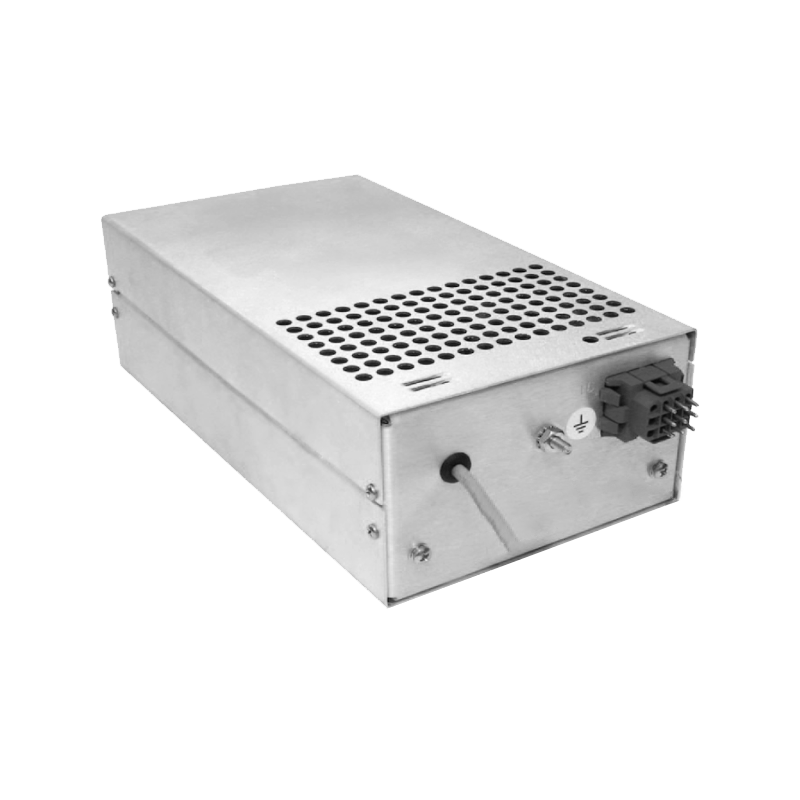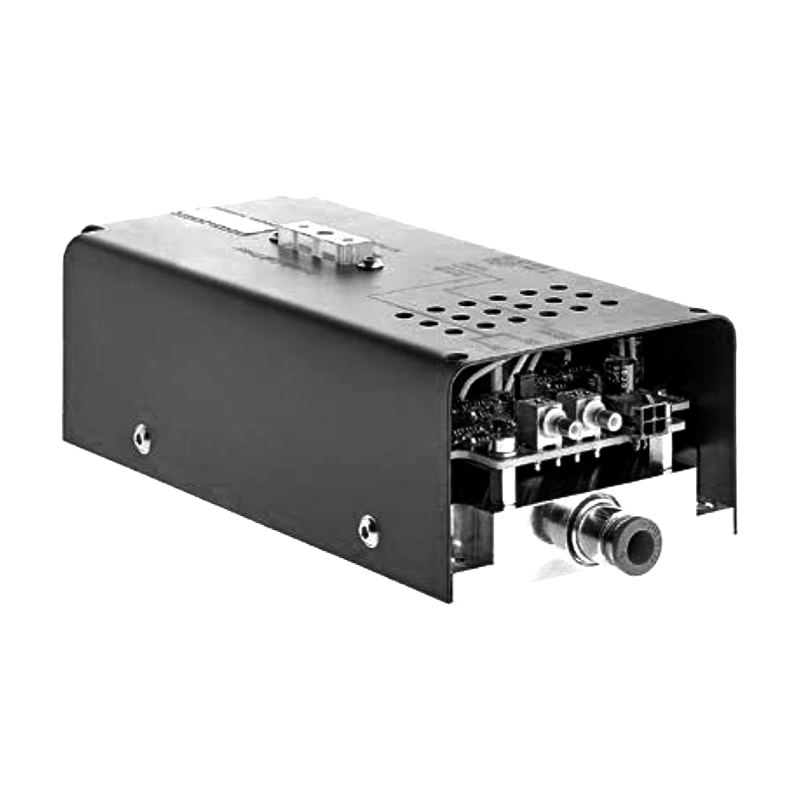Application of High-Voltage DC Power Supplies in Energy Storage Systems
Abstract
This article delves into the application of high-voltage DC power supplies in energy storage systems from a professional perspective. It analyzes their working principles and characteristics, expounds on the technical advantages and challenges in various energy storage scenarios, and proposes optimization strategies, aiming to provide references for the efficient operation and technological development of energy storage systems.
1. Introduction
With the increasing global demand for clean energy, energy storage systems, as a crucial link in balancing energy supply and demand and improving energy utilization efficiency, have received extensive attention. High-voltage DC power supplies, with their characteristics of high efficiency, stability, and ease of control, play a significant role in energy storage systems, becoming an important technical support for enhancing the performance of energy storage systems.
2. Working Principles and Characteristics of High-Voltage DC Power Supplies
High-voltage DC power supplies convert alternating current into stable high-voltage direct current through processes such as rectification, filtering, and voltage regulation. Their core advantages lie in the ability to provide high-voltage, low-current output, reducing energy losses during transmission. Meanwhile, they have a fast response capability, enabling rapid adjustment of output voltage and current according to the requirements of the energy storage system to ensure stable system operation. In addition, the modular design of high-voltage DC power supplies makes them easy to expand and maintain, adapting to energy storage systems of different scales.
3. Application Scenarios of High-Voltage DC Power Supplies in Energy Storage Systems
3.1 Battery Energy Storage Systems
In battery energy storage systems, high-voltage DC power supplies can be used for efficient charging and discharging management of battery packs. High-voltage output can shorten the charging time and improve charging efficiency. Stable DC output can prevent performance degradation of batteries caused by voltage fluctuations and extend battery life. At the same time, by precisely controlling the output current, the charging and discharging processes of batteries can be optimized, enhancing the overall performance of the battery energy storage system.
3.2 Supercapacitor Energy Storage Systems
Supercapacitors are characterized by high power density and fast charging and discharging speeds. When combined with high-voltage DC power supplies, the advantages of supercapacitors can be fully utilized. High-voltage DC power supplies can quickly charge supercapacitors, allowing them to store a large amount of electrical energy in a short time. During the discharging process, stable high-voltage output ensures that supercapacitors release energy continuously and efficiently to meet the needs of high-power loads.
3.3 Energy Storage Systems Supporting Renewable Energy Generation
In energy storage systems supporting renewable energy generation such as solar and wind energy, high-voltage DC power supplies can effectively address the intermittency and volatility of renewable energy generation. When there is an excess of renewable energy generation, high-voltage DC power supplies convert the surplus electrical energy into high-voltage direct current and store it in energy storage devices. When energy supply is insufficient, the stored electrical energy is released to provide stable power support for the power grid or loads, enabling the smooth integration and stable output of renewable energy.
4. Challenges and Optimization Strategies in Application
Although high-voltage DC power supplies have significant advantages in energy storage systems, they also face some challenges. For example, the electromagnetic compatibility issues of high-voltage DC power supplies may affect the normal operation of other devices within the system. The safety hazards posed by high voltage require stricter protection measures. Complex control strategies place higher demands on the stability and reliability of power supplies.
To address these issues, the following optimization strategies can be adopted. In terms of electromagnetic compatibility, strengthen the shielding and filtering design of power supplies to reduce electromagnetic interference. In terms of safety protection, adopt multiple insulation and overvoltage and overcurrent protection measures to ensure the safety of operators and equipment. By improving control algorithms, enhance the adaptability and stability of power supplies under complex operating conditions to achieve more precise control.
5. Conclusion
High-voltage DC power supplies have broad application prospects and important practical value in energy storage systems. Through continuous optimization of design and technological improvement, and by solving the problems encountered in application, their performance in energy storage systems can be further enhanced, providing strong support for promoting the development of clean energy and optimizing the energy structure.




















